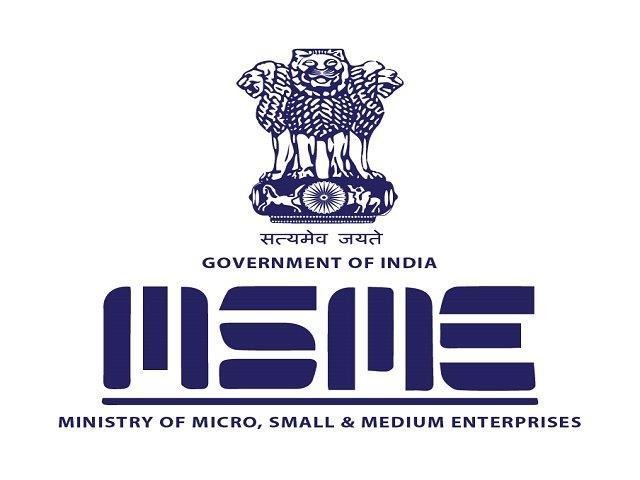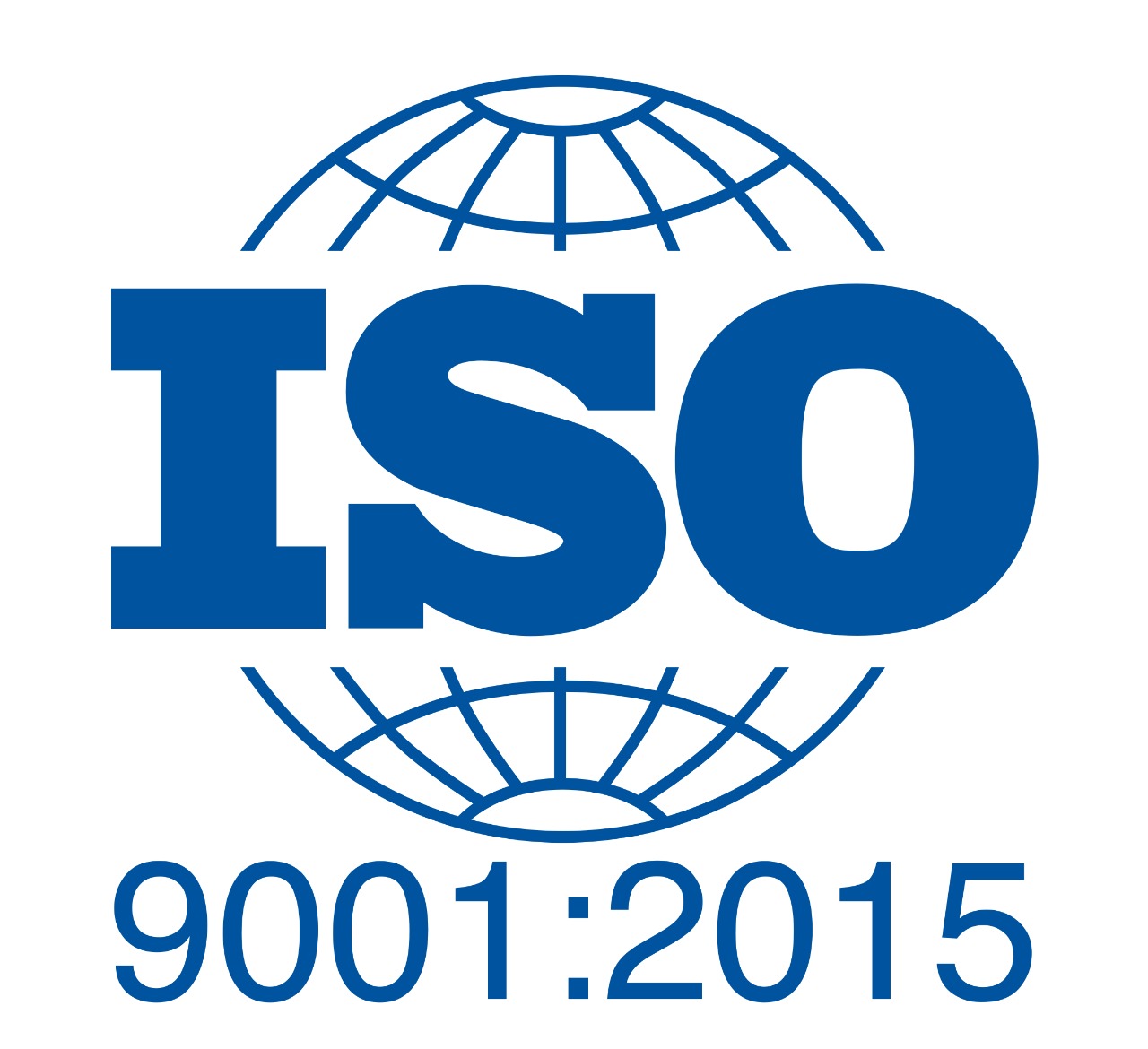As per the report by industry body Indian Ports Association, India’s 12 major ports recorded 5.65 per cent rise in cargo handling to 60.07 million tonnes (MT) in April this fiscal against 56.86 MT of cargo in April last year, mainly due to higher demand for coal, petroleum, oil and lubricants. Coking coal volumes handled by the 12 ports surged by 30.62 per cent to 5.51 million tonnes (MT) during the first month this fiscal, while thermal and steam coal grew 12.65 per cent to 10.91 MT. India is the third-largest producer of coal after China and the US and has 299 billion tonnes of resources and 123 billion tonnes of proven reserves, which may last for over 100 years. As per the IPA data, container volumes too rose 5.74 per cent to 12.54 MT in terms of tonnage handled. POL handling during April jumped by 11 per cent to 18.99 MT as compared to previous fiscal.
As per the figures, Deendayal Port, earlier known as Kandla port, handled the highest traffic volume at 11.30 MT in April, followed by Paradip Port 9.55 MT, JNPT 5.99, Visakhapatnam 5.69 and Mumbai Port 5 MT. Kolkata Port, including Haldia, handled 4.95 MT of cargo, while Chennai port handled 3.94 MT of cargo. Volume of seaborne cargo is essentially in the nature of derived demand and is mainly shaped by the levels and changes in both the global and domestic activity. India has 12 major ports — Deendayal, Mumbai, JNPT, Marmugao, New Mangalore, Cochin, Chennai, Kamrajar (earlier) Ennore, V O Chidambarnar, Visakhapatnam, Paradip and Kolkata (including Haldia) which handle over 60 per cent of the country’s total traffic. These 12 major ports had recorded 2.90 per cent growth in cargo handling to 699.04 million tonnes (MT) in 2018-19. The growth at these ports, that had handled 679.37 MT cargo in 2017-18, was driven mainly by higher handling of coal, fertilisers and containers.




